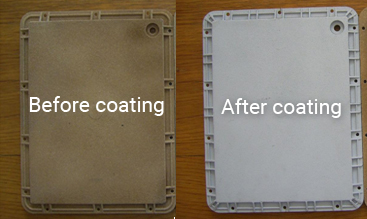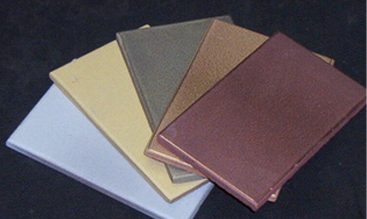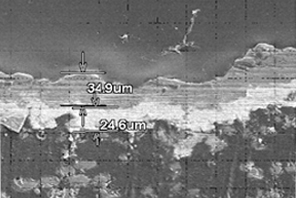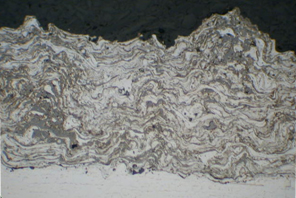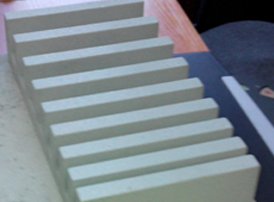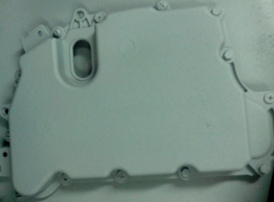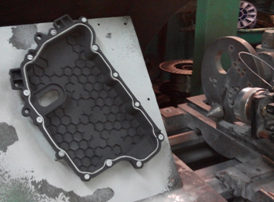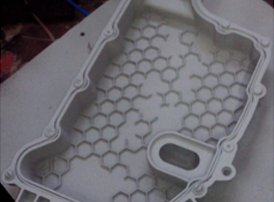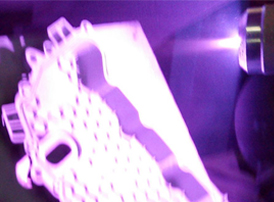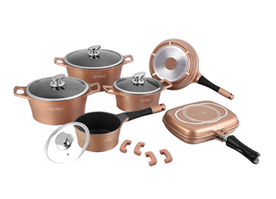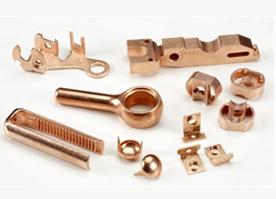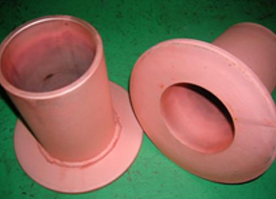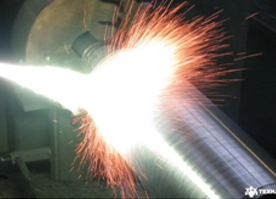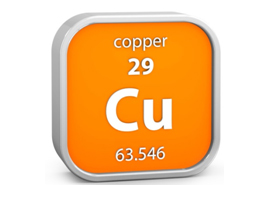New Technology
The Leader of Thermal Spray Coating
Application Field
- Replacing the Process of
Electroplating Chromium - Protective Coating from
Electromagnetic Impulses - Antibacterial Coatings
Based on Copper - Technology of Manufacturing
the Implant
Plating chromium
In order to do plating chromium on the surface of the product galvanic method has been used generally. The problem with chrome electroplating is the destruction of the environment caused by plating solution so now chrome electroplating is forbidden in many countries. Besides in galvanic method it is possible to receive a quantitative chrome coating by very thin thickness so adhesion tensile strength is weak and coating can be damaged easily. Replacing the problem process of electroplating chromium can be the Hypersonic Metallization. H.M is not harmful to the environment and we can get a thick coating thickness, a good adhesion tensile strength and higher wear resistance performance by H.M
Adhesion of coating
- Coating Thickness
- Electroplating : 50 ~ 80㎛
- H.M coating : To the desired thickness(Max. 10mm)
- Adhesion tensile strength
- Electroplating : 10-20MPa
- H.M Coating : 45-65MPa
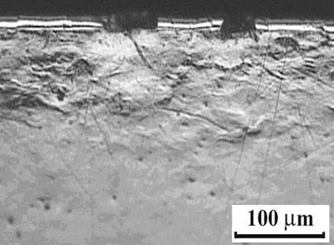
Damage of electrolytic chromic coating after 9
hours tribological tests.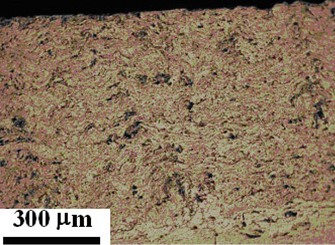
Structure of HM coating after 9 hours of tribological tests
Coated Parts
Examples of implementation of HM for restoration of machine parts instead of galvanic chrome plating

The hydraulic cylinders
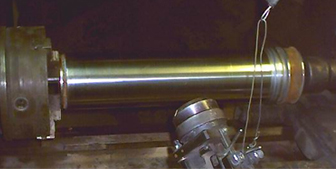
The counterpressure cylinder
Antibacterial Coatings Based on Copper
Silver (Ag) has an anti-bacterial effect and some products are used after silver coating. But silver is too expensive. It is well known that copper (Cu) has an anti-bacterial effect as well as silver. Copper is not expensive and its anti-bacterial performance is excellent. The following graphs show the benefits of copper for anti-bacterial effect.
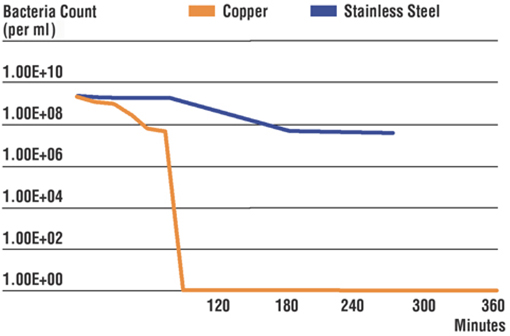
We have the benefits below from copper coating by H.M method.

Cost down

Coating weight up to 14kg/h
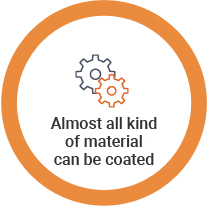
Metal, Polymer, Concrete, Wood, etc.
Application example
The use of H.M in the technology of manufacturing the implants
The most widely used alloys for the manufacture of implants are “titanium - niobium“. For optimizing osseointegration and fixation processes in the bone, the surface of implant must have porosity and micrometric roughness, which is similar to the morphology of the sponge bone. We propose to make the basis of the implant from stainless steel and cover it with a layer of pseudo-alloy “titan-niobium“ by Hypersonic Metallization.
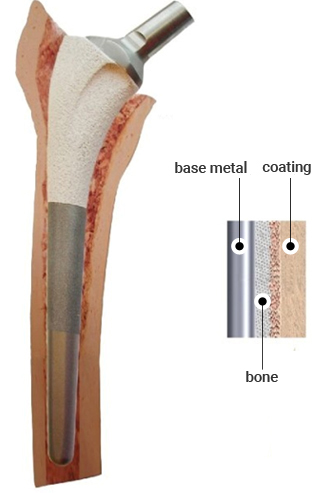
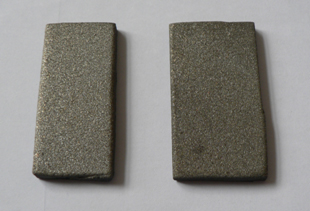
Samples coated with pseudoalloy "titanium-niobium"




